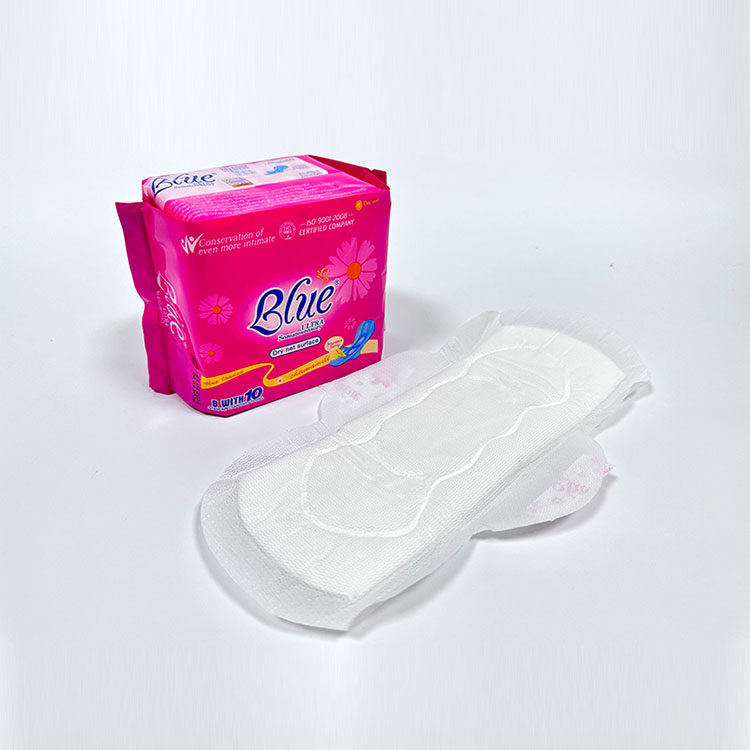Sanitary napkins are necessary hygiene items that are made to absorb menstrual flow while offering consumers comfort and security. Their manufacturing materials are essential to guaranteeing their skin-friendliness, safety, and absorbency. The main components required to make sanitary napkins are broken down as follows:
1. Top Sheet (Surface Layer)
The top sheet is the layer that comes in direct contact with the skin. It should be soft, breathable, and quick-drying to keep the user comfortable. Common materials include:
- Non-Woven Fabric: Made from polypropylene or polyethylene, providing a soft and dry surface.
- Cotton: Offers natural comfort and breathability, ideal for sensitive skin.
- Bamboo Fiber: An eco-friendly alternative that is biodegradable and hypoallergenic.

2. Absorbent Core
The absorbent core is responsible for locking in menstrual fluid and preventing leaks. It consists of:
- Fluff Pulp: Derived from wood pulp, it provides high absorbency and is commonly used in traditional pads.
- Super Absorbent Polymer (SAP): Enhances liquid retention and converts fluid into a gel-like substance.
- Cotton or Organic Fiber: Used in biodegradable or eco-friendly sanitary napkins for natural absorption.
3. Back Sheet (Leak-Proof Layer)
The back sheet prevents liquid from leaking onto clothing. It is usually made of:
- Polyethylene Film: A waterproof material that keeps moisture locked inside the pad.
- Breathable PE Film: Allows airflow while maintaining leak protection for enhanced comfort.
- Biodegradable Film: Made from corn starch or other plant-based materials, reducing environmental impact.
4. Adhesive Layer
The adhesive layer ensures the pad stays securely in place. This includes:
- Medical-Grade Adhesives: Used to attach the pad to underwear while being safe for skin contact.
- Hot Melt Adhesives: Commonly used for their strong bonding properties and flexibility.
5. Release Paper
This layer covers the adhesive strip before use and is typically made of:
- Silicone-Coated Paper: Ensures easy peeling without residue.
- Recyclable or Biodegradable Paper: An eco-conscious alternative to reduce waste.
6. Fragrance and Additives (Optional)
Some sanitary napkins contain additional features for enhanced comfort:
- Herbal or Antibacterial Additives: Provide freshness and reduce odor.
- Perfume-Free Options: Ideal for users with sensitive skin or allergies.
Sanitary napkins' efficacy, comfort, and environmental impact are all greatly impacted by the materials used. Biodegradable and organic pads provide sustainable solutions, whereas conventional pads use synthetic materials for improved performance. Knowledge of these materials promotes innovation in feminine hygiene products and aids consumers in making well-informed decisions.
Welcome to wholesale or customized Sanitary Napkins from Ranjin factory at any time. We will provide you with factory discount prices for our products. Ranjin is Sanitary Napkins manufacturers and suppliers in China.Visit our website at cnrjhygienes.com to learn more about our products. For inquiries, you can reach us at ranjin@ranjingroup.com.






